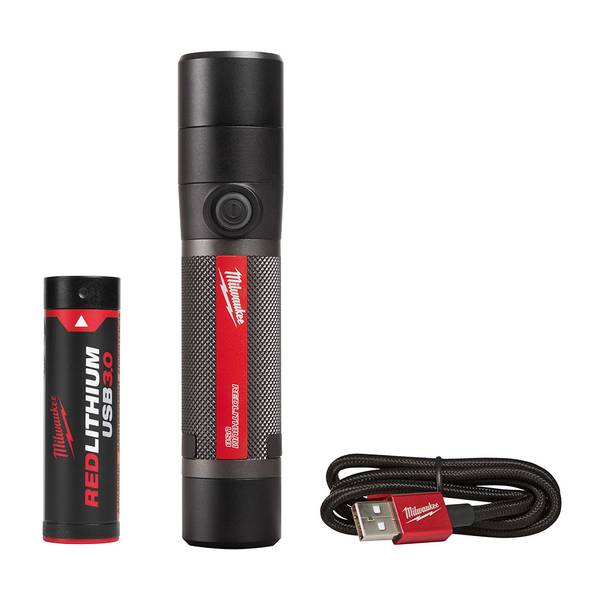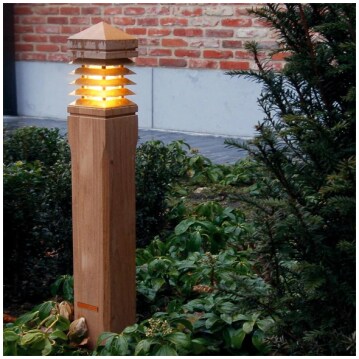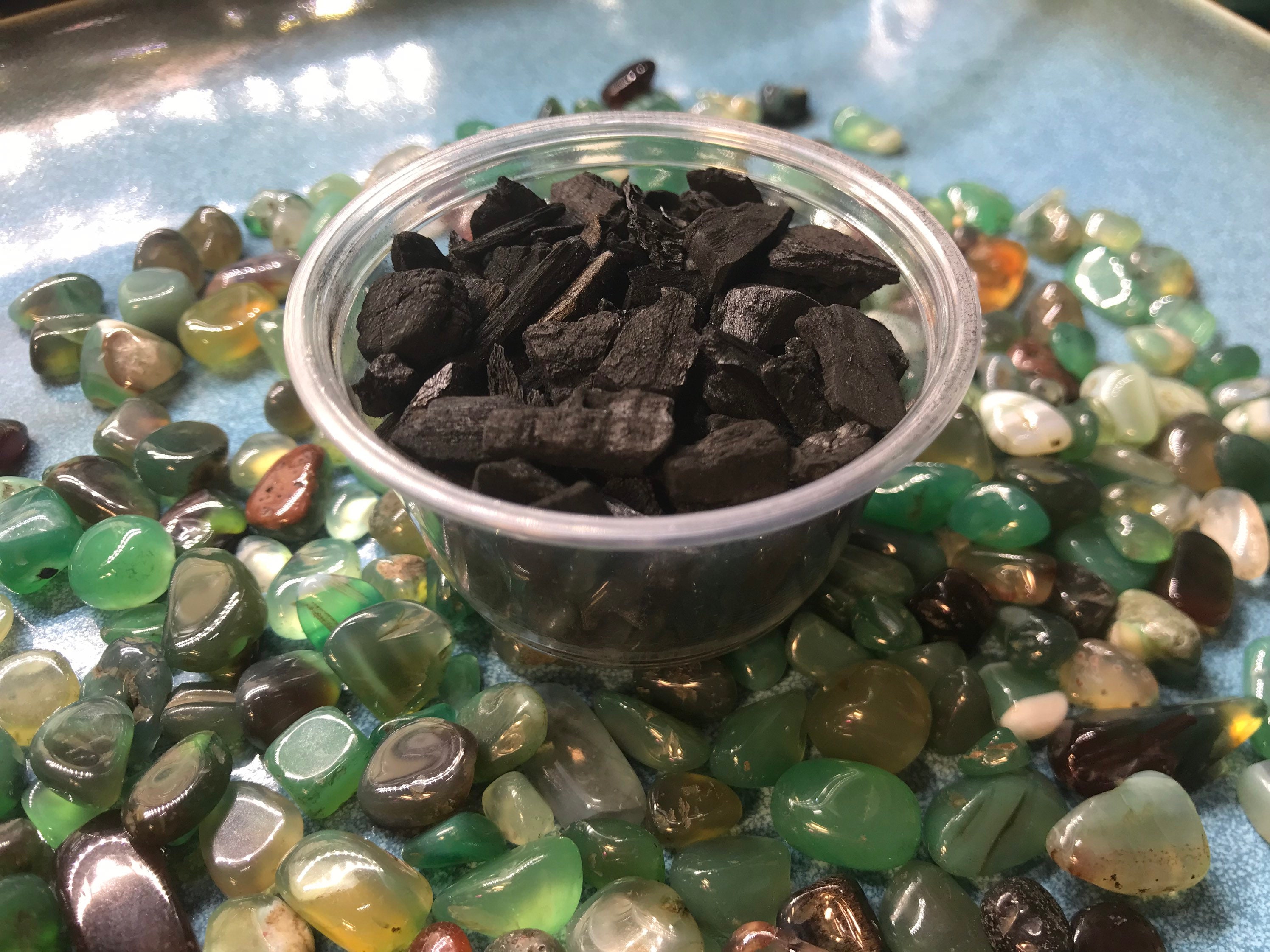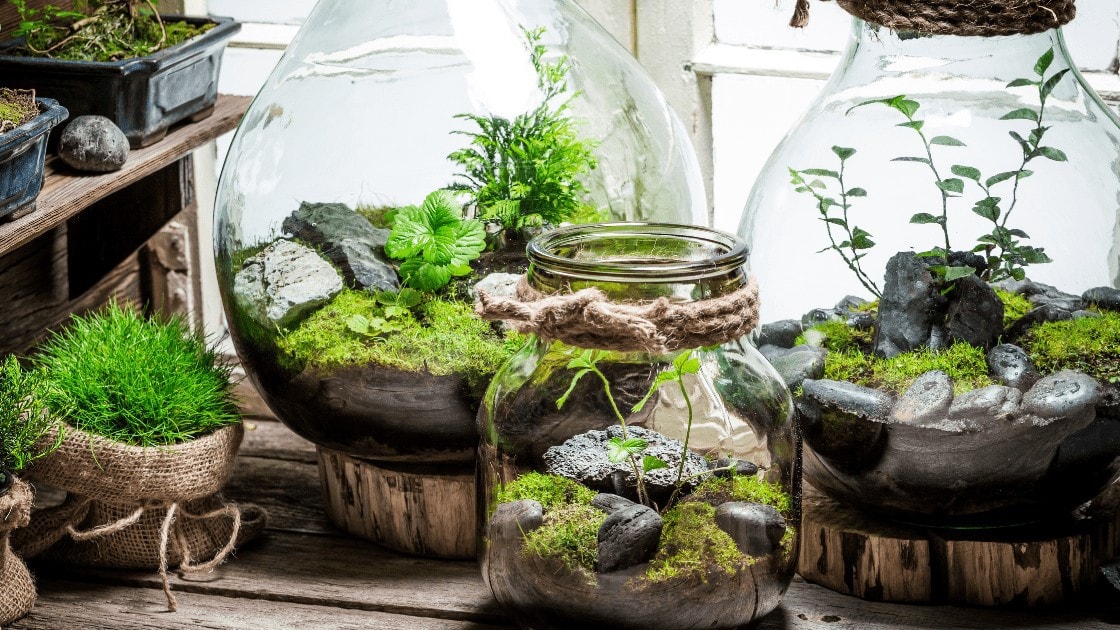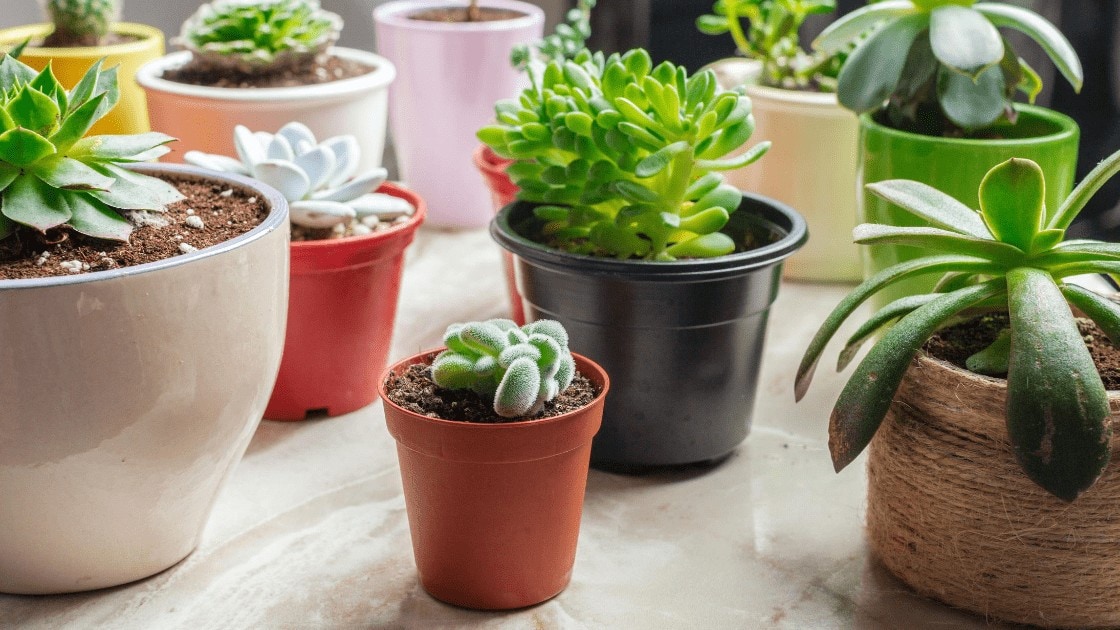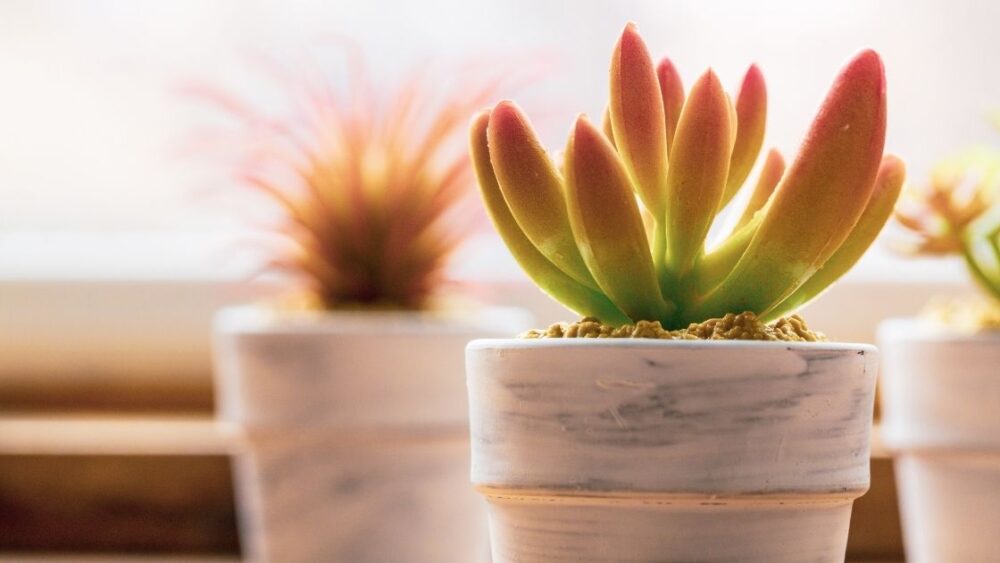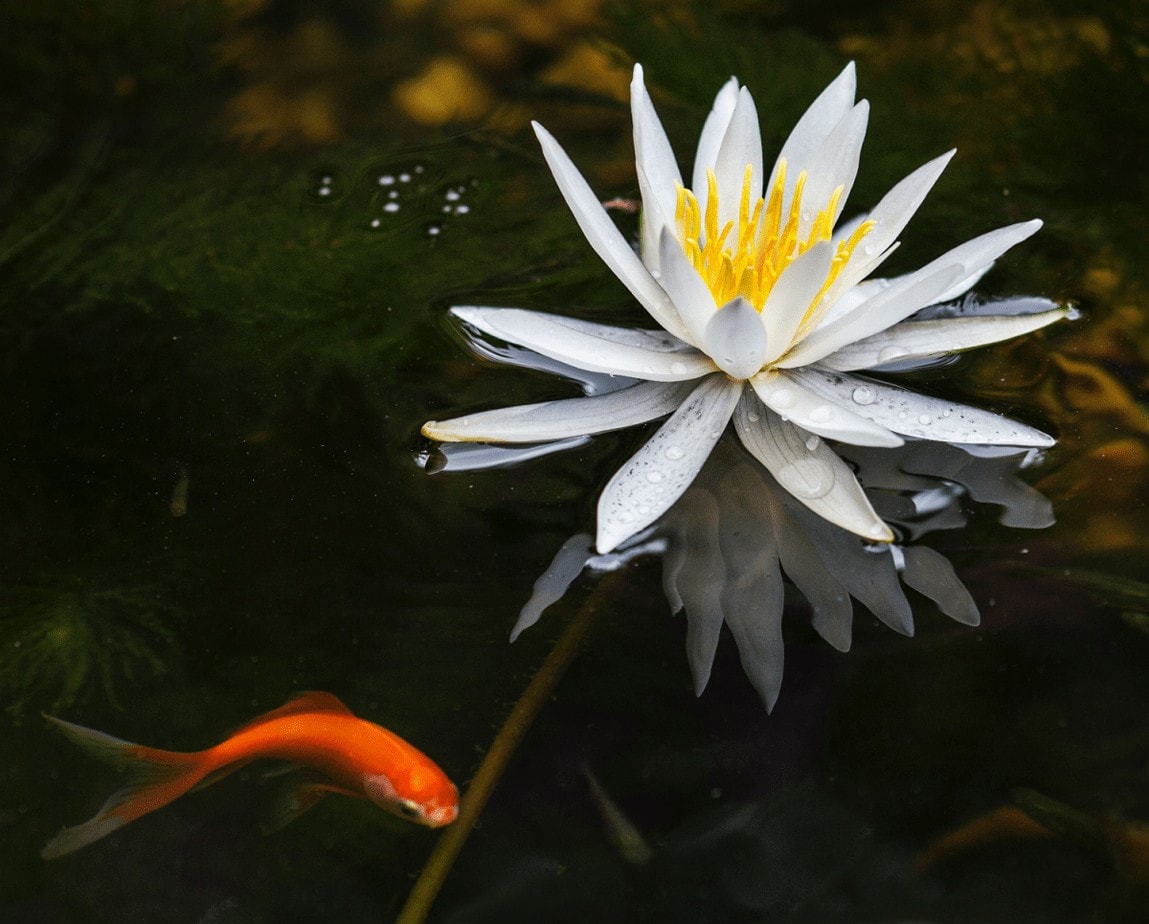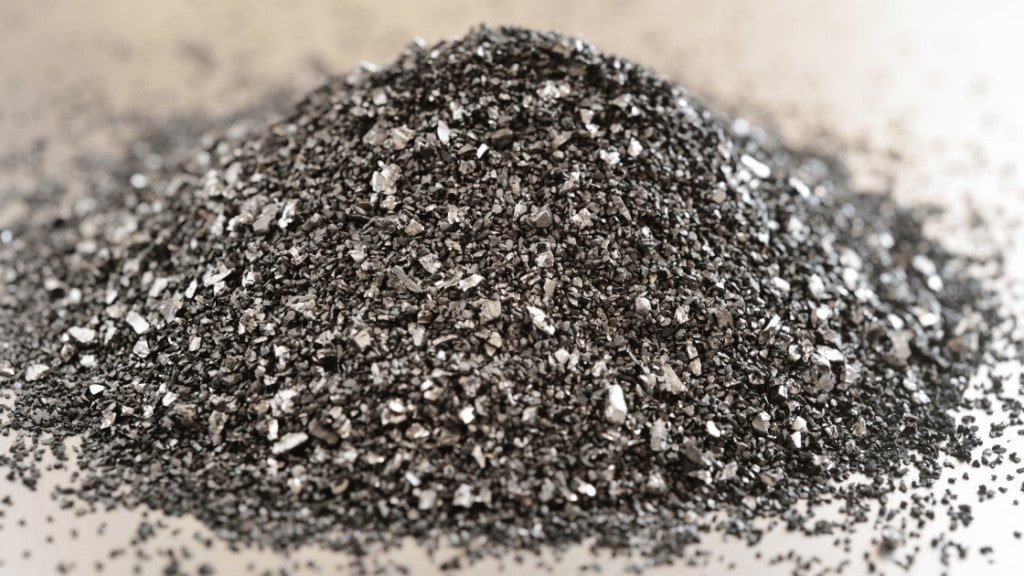
Terrariums are miniature indoor gardens, typically planted in a transparent glass container. They have mostly decorative value, but can also be very interesting to create and maintain, especially for people who love gardening but don’t have easy access to an outdoor garden. Although terrariums may look similar to a simple potting container, there are some key differences – terrariums usually contain multiple different types of densely-growing plants and they have no drainage holes. Instead, terrariums often feature a bottom drainage layer, covered by a thin layer of activated charcoal.
In this article we’ll explore the possible functions of this layer, whether or not it’s actually necessary and the different types of charcoal that can be used. We’ll also briefly discuss the use of live moss to replace some of the functions of the charcoal layer.
Why Terrariums Need Charcoal – What Does It Do?
There don’t seem to be any high-quality scientific studies on the effect of a charcoal layer in terrariums. As terrariums got popular in the 1970s, using a charcoal layer got established as a rule with an unclear origin, supposedly for the purpose of absorbing toxins and preventing bad smells.
Browse our Affiliate Products
The biological interactions that occur in soil are very complex and depend on a large diversity of microorganisms – a single pinch of soil contains more than a million bacteria of more than a 100 species. Adding activated charcoal to soil can change many variables, which are difficult to actually measure. However, here are some possible functions of a charcoal layer in a terrarium:
If you interested in setting up a terrarium and want more information about doing so, check out this article by clicking on the link. How to Build Your Own Terrarium: Beginners Guide
A Temporary Buffer For Toxic Compounds Produced By Excessive Watering
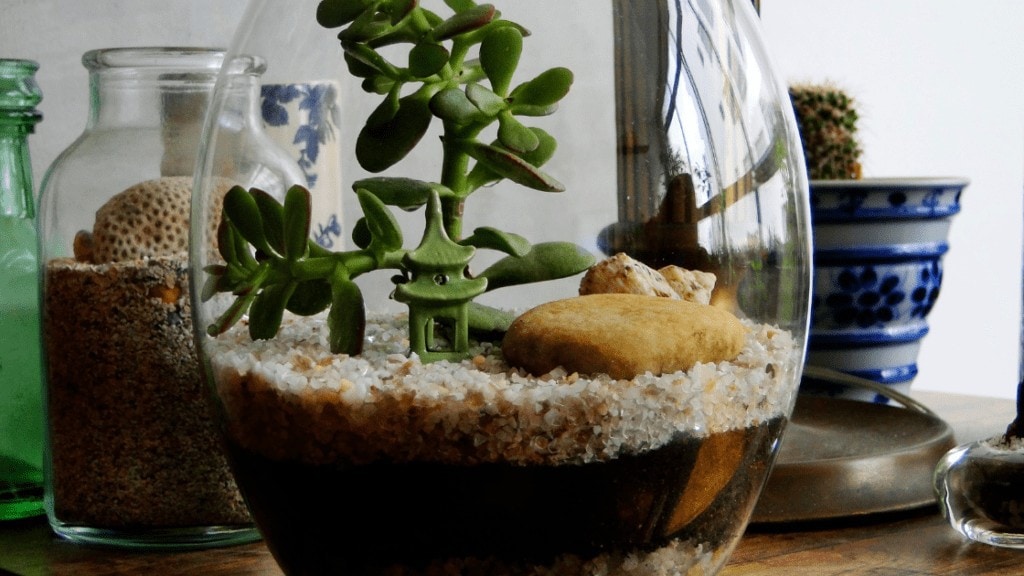
Most terrariums are constructed out of a glass container and have no drainage holes. This makes it very difficult to get rid of excess water accumulated after an accidental over-watering of the terrarium.
Tipping the terrarium on its side in an attempt to pour out the excess water rarely works and is further complicated by the spherical shape of most glass terrariums. Because terrariums usually contain a lot of densely-growing plants, it can take a long time for the excess water to evaporate, causing all sorts of problems for the soil microorganisms and the roots.
Eventually, microorganisms that require oxygen may get suffocated and organisms that thrive in a oxygen-free environment, called anaerobes may start growing too much. Anaerobic fermentation usually creates a lot of unpleasant by-products, like ethanol and sulfate compounds. Its possible that the charcoal layer may temporarily absorb some of the toxins created by the anaerobic environment and then slowly re-release them when the soil dries up and air circulation in the root zone of the terrarium is restored.
A Secondary Drainage Layer
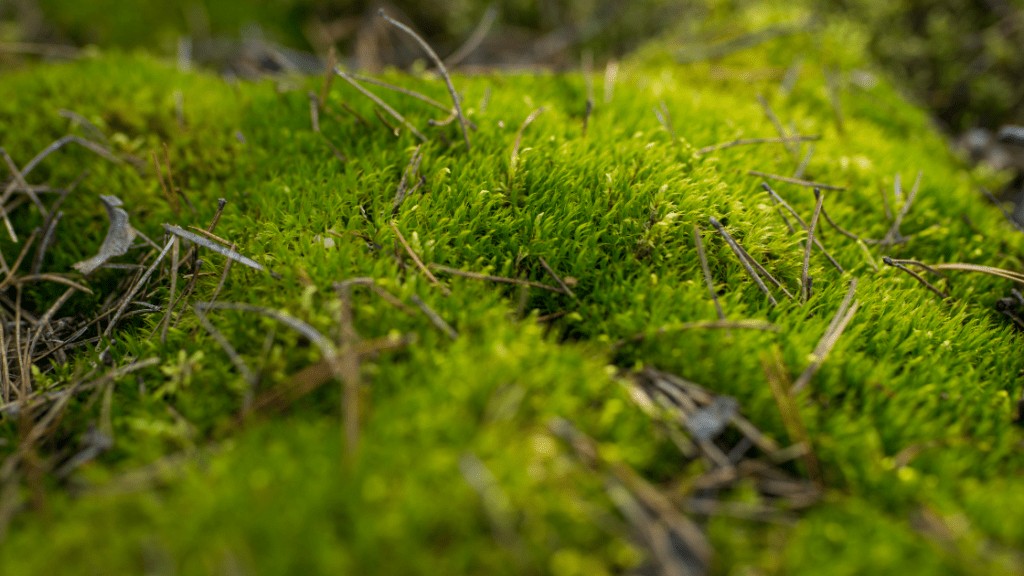
In the traditional terrarium layering style, the charcoal layers sits on top of the bottom drainage layer which consists of tiny rocks. In that scenario, the activated carbon may simply act as a barrier between the rocks and the soil, preventing soil particles from passing between the rocks and settling on the bottom.
Often, a third peat moss drainage layer is added on top of the activated charcoal. This creates three layers of increasing coarseness, which prevents water from mixing up the layers.
What Will Happen If You Don’t Use A Charcoal Layer
Although charcoal layers are often mentioned as preventing bacteria buildup and absorbing ‘toxins’, many people have successfully constructed glass terrariums without a charcoal layer – just a simple drainage layer made out of gravel. There are some critics of the charcoal layer rule, claiming that it’s pointless and that there is no scientific reason for using it.
Ultimately, there is no agreement on the matter and whether you use a charcoal layer in your terrarium is up to you – at the very least, the layer will act as a simple drainage layer, even if it doesn’t actually absorb any ‘toxins’.
What Different Types of Charcoal Are There?
There are more than a 100 different types of activated charcoal based on the starting material it is produced from and the shape/size of the particles. Ultimately, all types of activated charcoal on the market are very similar and consist of wood carbon that has been activated by passing heated steam through it.
For most people, the most easily accessible type of activated charcoal is the one sold in pet/fish stores – it is used in aquarium filters for absorbing toxic by-products which the fish produce.
Activated vs. Non-Activated Charcoal
Biochar is a commonly used non-activated soil amendment – it consist of carbon that has been produced from a variety of organic materials, not only wood. There are both activated and non-activated forms of it, but as a soil addition it is almost never activated.
Check out these offers great choices in terrarium charcoal as seen below:
Because Biochar is not carbon that has been produces only from wood, activating it isn’t really effective, and only the wood particles it contains will turn into an effective activated carbon that can absorb and bind to toxic molecules. If you use biochar in your terrarium, keep in mind that it will simply act as a drainage layer and won’t necessarily absorb any compounds.
Which Type of Charcoal Is Best?
Ultimately, any activated charcoal will perform the same – the regular, coarse activated charcoal commonly used for aquariums is a good option and it’s relatively cheap. Charcoal that is sold in the form of pellets can be easily crushed manually and turned into a coarse powder suitable for a terrarium.
Do All Terrarium Plants Benefit From a Charcoal Layer?
Traditionally, a charcoal layer is used in all types of glass terrariums that have no drainage holes. There is no agreement on the specific functions of the charcoal layer, regardless of the type of terrarium used.
For succulent-rich terrariums that receive very modest watering, the charcoal and drainage layers may be less important. That’s because even if water reaches the bottom of the glass terrarium, it will eventually be re-absorbed into the relatively dry medium. Cactus potting mixes usually contain a lot of coco coir, which absorbs and re-distributes moisture very well.
They also have more exposed soil surface area, unlike non-succulent terrariums which contain a lot of densely-growing foliage, preventing evaporation and air exchange.
For more information on what plants work well and don’t with open and closed terrariums, check out these two articles.
- Open Terrarium Plants (Which Plants Thrive and Which don’t)
- Closed Terrarium Plants – Which Are Suitable and Which Aren’t?
Proper Depth Of A Charcoal Layer
The accepted way to layer a terrarium is to start with a 1 inch thick layer of gravel or pebbles. Cover the gravel layer with a thin layer of activated charcoal. Typically, a thickness of around 1/4th of an inch is used.
The third layer is peat moss, which acts as a seal to prevent soil particles from getting washed off and reaching the charcoal and gravel layers. The moss layer is again around 1/4th inch thick. Finally, the actual soil substrate is added. There are no strict rules when it comes to to the thickness of the charcoal layer – the layer should just be thick enough to form an actual layer, visibly distinguishable by looking through the glass of the finished terrarium.
Does A Charcoal Layer Last Forever?
Because the charcoal layer is usually the second deepest layer of a terrarium, replacing it periodically is obviously not practical. Typically, the layering of a terrarium is considered permanent. Because of the relatively small volume of most terrariums, the charcoal layer may never get saturated with odors and toxic compounds and may continue to do its job indefinitely.
Or, as we already mentioned, the charcoal may not even function as a toxin-absorbing agent in a terrarium and may simply act as a second drainage layer. Either way, you don’t need to worry about replacing it periodically. Doing so can actually cause many more problems than it may solve, because the roots will get damaged in the process and the damaged roots will start rotting.
In addition, if your dealing with succulent root rot, check out this article. How much root damage can succulents tolerate?
Can You Use Something Else Instead Of Charcoal?
It’s often mentioned that live moss can replace the charcoal layer. This means omitting the charcoal layer and just using a layer of gravel or pebbles, covered by a layer of peat moss and finally a layer of soil. The moss is then planted on the surface of the terrarium.
Because of its water-buffering action, the moss can prevent waterlogging of the soil and the fungal microorganisms it naturally contains may break down any smells or toxic products that the activated charcoal would have otherwise absorbed.
Can You Make Your Own Charcoal For A Terrarium?
Charcoal is relatively easy to make if you have a wood burner, but activating it is not really something the average person can do. The process of creating wood charcoal starts with heating the wood chips in the absence of oxygen, which can be accomplished by placing the chips in a metal box that has tiny holes and heating it to burning temperature by placing it directly in a fire.
This process creates a lot of smoke and flammable gases, so it’s not really recommended, especially considering how cheap activated charcoal is.
Activating the charcoal is a relatively complicated procedure that is not really practical for most people – it involves passing super-heated steam through the charcoal and requires some equipment.
Final Thoughts
Although it’s not completely clear whether an activated charcoal layer actually performs some toxin-absorbing functions in a terrarium, it’s still a good idea to use one – commercial glass terrariums have included such layers ever since they become popular in the 1970s.
At the very least, the carbon layer will absorb moisture and will act as a second drainage layer. Any type of activated charcoal will work well for terrariums – all activated charcoals are created through a similar process and work in the same way. Sometimes, charcoal is sold in the form of pellets or granules, which can be easily broken down into a coarser powder that will be more suitable for a terrarium.

